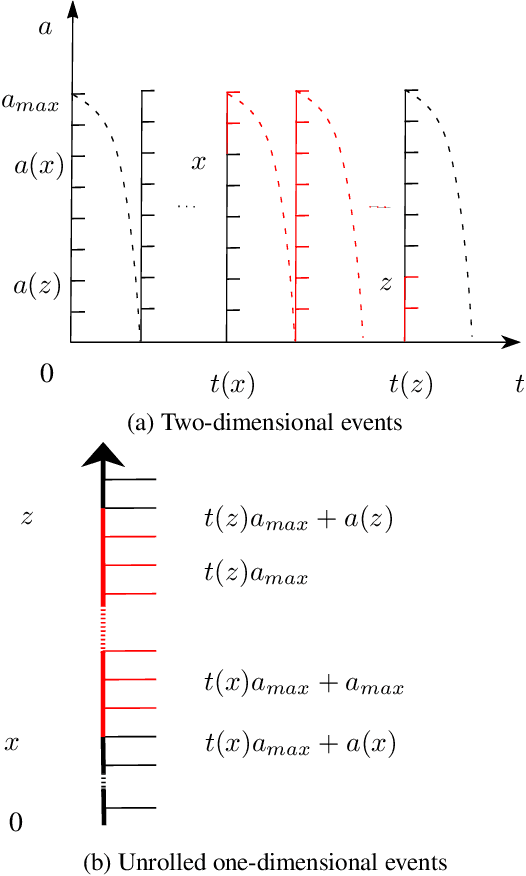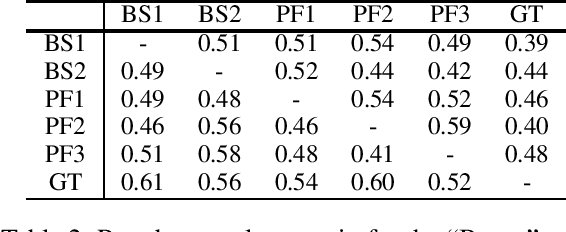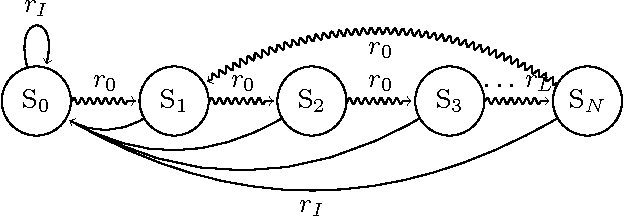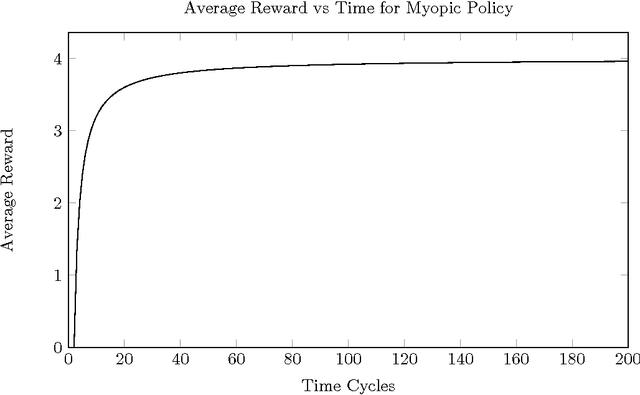Sean Lamont
3D-Prover: Diversity Driven Theorem Proving With Determinantal Point Processes
Oct 14, 2024Abstract:A key challenge in automated formal reasoning is the intractable search space, which grows exponentially with the depth of the proof. This branching is caused by the large number of candidate proof tactics which can be applied to a given goal. Nonetheless, many of these tactics are semantically similar or lead to an execution error, wasting valuable resources in both cases. We address the problem of effectively pruning this search, using only synthetic data generated from previous proof attempts. We first demonstrate that it is possible to generate semantically aware tactic representations which capture the effect on the proving environment, likelihood of success and execution time. We then propose a novel filtering mechanism which leverages these representations to select semantically diverse and high quality tactics, using Determinantal Point Processes. Our approach, 3D-Prover, is designed to be general, and to augment any underlying tactic generator. We demonstrate the effectiveness of 3D-Prover on the miniF2F-valid and miniF2F-test benchmarks by augmenting the ReProver LLM. We show that our approach leads to an increase in the overall proof rate, as well as a significant improvement in the tactic success rate, execution time and diversity.
BAIT: Benchmarking (Embedding) Architectures for Interactive Theorem-Proving
Mar 06, 2024Abstract:Artificial Intelligence for Theorem Proving has given rise to a plethora of benchmarks and methodologies, particularly in Interactive Theorem Proving (ITP). Research in the area is fragmented, with a diverse set of approaches being spread across several ITP systems. This presents a significant challenge to the comparison of methods, which are often complex and difficult to replicate. Addressing this, we present BAIT, a framework for fair and streamlined comparison of learning approaches in ITP. We demonstrate BAIT's capabilities with an in-depth comparison, across several ITP benchmarks, of state-of-the-art architectures applied to the problem of formula embedding. We find that Structure Aware Transformers perform particularly well, improving on techniques associated with the original problem sets. BAIT also allows us to assess the end-to-end proving performance of systems built on interactive environments. This unified perspective reveals a novel end-to-end system that improves on prior work. We also provide a qualitative analysis, illustrating that improved performance is associated with more semantically-aware embeddings. By streamlining the implementation and comparison of Machine Learning algorithms in the ITP context, we anticipate BAIT will be a springboard for future research.
Computer Assisted Composition in Continuous Time
Sep 10, 2019



Abstract:We address the problem of combining sequence models of symbolic music with user defined constraints. For typical models this is non-trivial as only the conditional distribution of each symbol given the earlier symbols is available, while the constraints correspond to arbitrary times. Previously this has been addressed by assuming a discrete time model of fixed rhythm. We generalise to continuous time and arbitrary rhythm by introducing a simple, novel, and efficient particle filter scheme, applicable to general continuous time point processes. Extensive experimental evaluations demonstrate that in comparison with a more traditional beam search baseline, the particle filter exhibits superior statistical properties and yields more agreeable results in an extensive human listening test experiment.
Generalised Discount Functions applied to a Monte-Carlo AImu Implementation
Mar 03, 2017



Abstract:In recent years, work has been done to develop the theory of General Reinforcement Learning (GRL). However, there are few examples demonstrating these results in a concrete way. In particular, there are no examples demonstrating the known results regarding gener- alised discounting. We have added to the GRL simulation platform AIXIjs the functionality to assign an agent arbitrary discount functions, and an environment which can be used to determine the effect of discounting on an agent's policy. Using this, we investigate how geometric, hyperbolic and power discounting affect an informed agent in a simple MDP. We experimentally reproduce a number of theoretical results, and discuss some related subtleties. It was found that the agent's behaviour followed what is expected theoretically, assuming appropriate parameters were chosen for the Monte-Carlo Tree Search (MCTS) planning algorithm.
 Add to Chrome
Add to Chrome Add to Firefox
Add to Firefox Add to Edge
Add to Edge